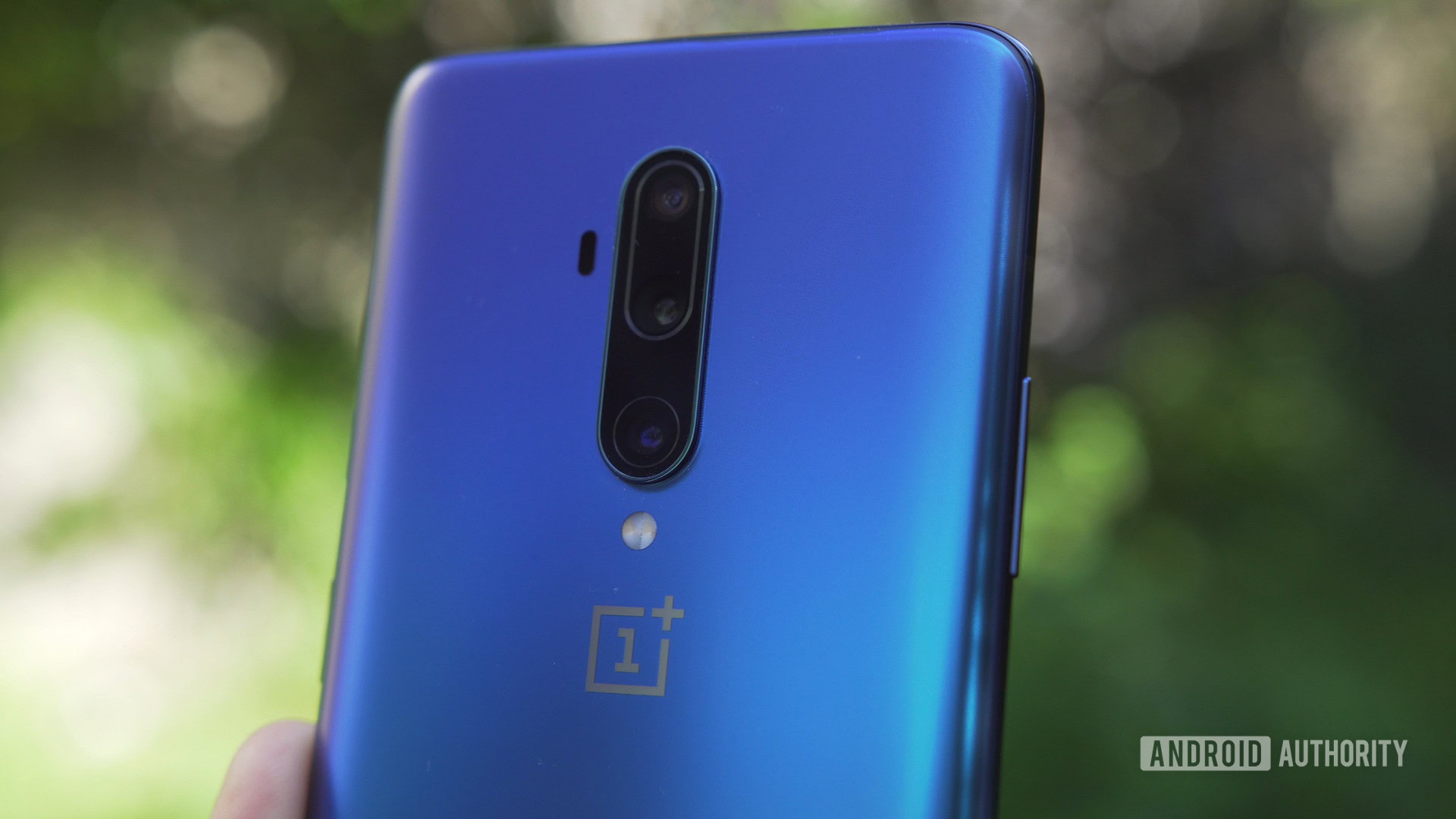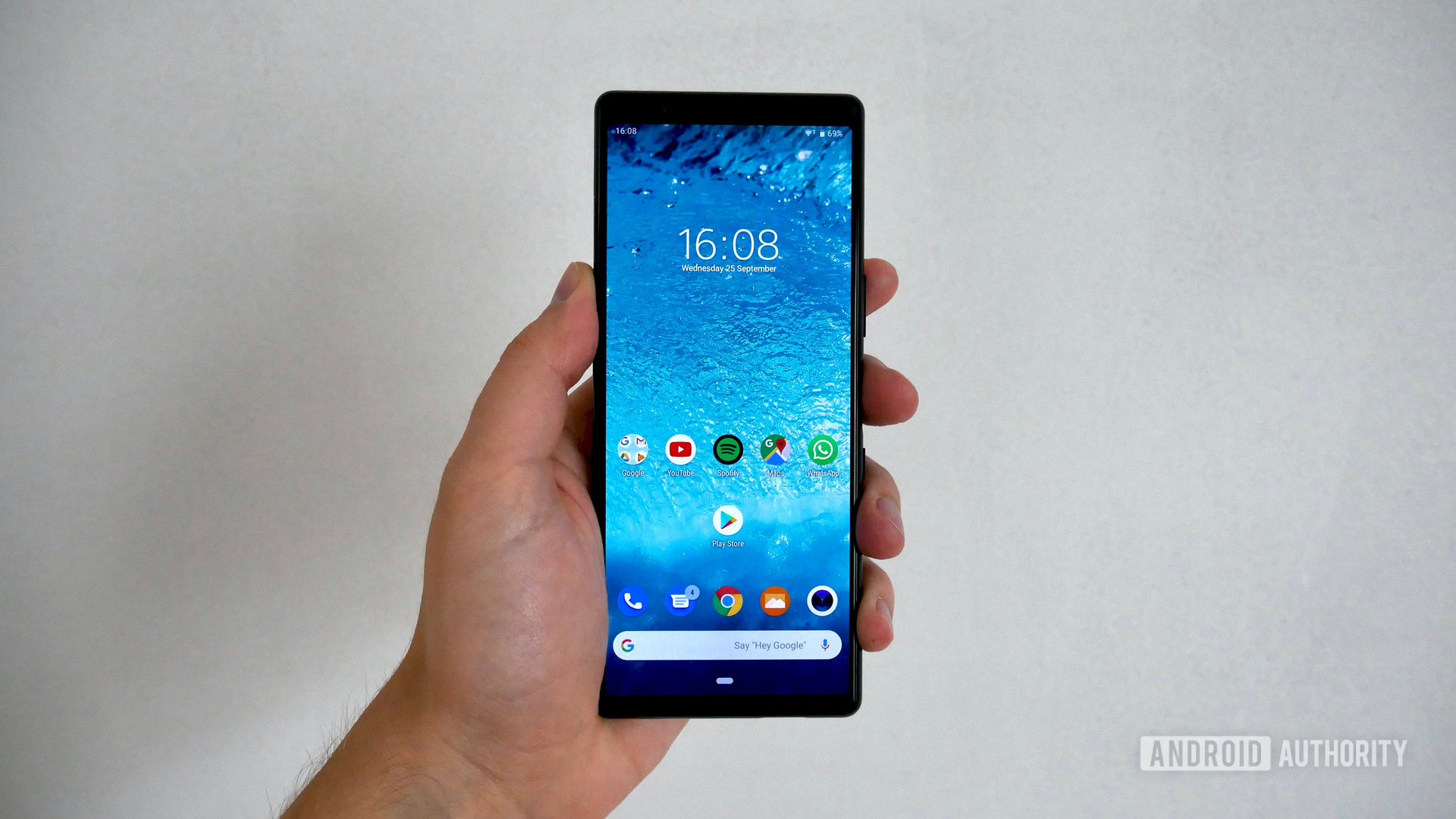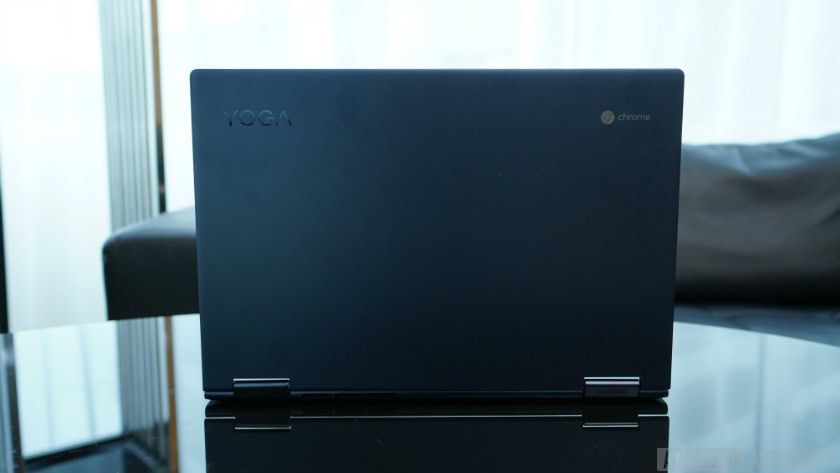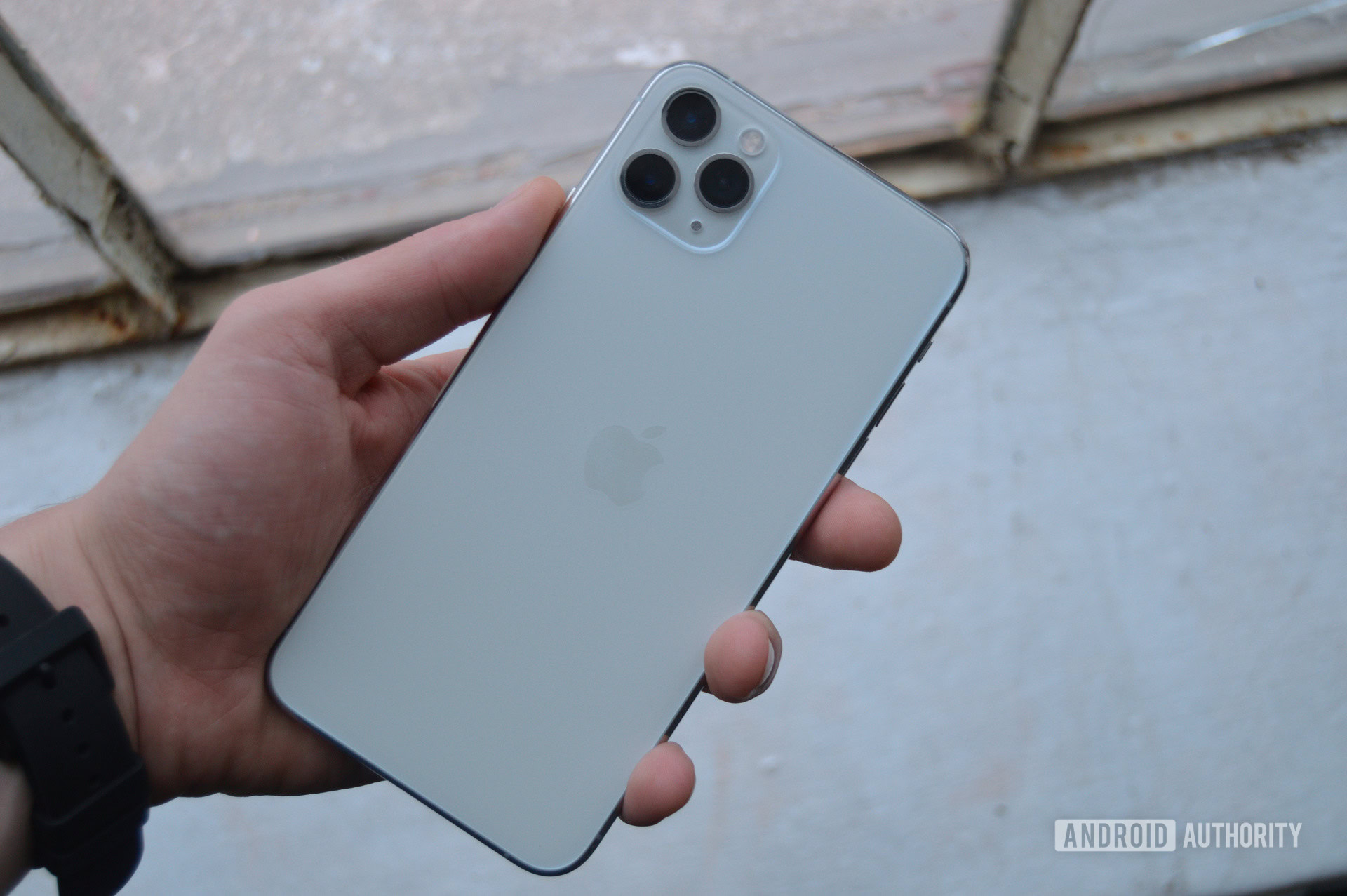Affiliate links on Android Authority may earn us a commission. Learn more.
Are minor smartphones refreshes really a problem?


OnePlus T updates have never been particularly massive but this year the company’s OnePlus 7T Pro is the most iterative update yet. What makes it stand out, even more, is just how much the OnePlus 7T impressed over its predecessor.
We already have a ton of great coverage on rhe OnePlus 7T Pro that you should check out, but what I really want to focus on is the nature of smartphone release cycles. Is it okay to release multiple small iterations every year or is it just a confusing mess for consumers?
Why release minor iterations, is there any real benefit?

Historically Sony has been the king of minor refreshes, often with almost nothing to differentiate the new model from the old. With the recently announced 7T Pro, OnePlus takes up a similar position of minor releases that see no design change and very few features beyond a minor bump in processing speed.
The argument for these mid-cycle releases typically centers around the idea that consumers should be able to get the latest specs and features without having to wait. Minor refreshes cut down development times and allow an OEM to quickly produce a phone with better processing power and a few added bells and whistles.
Honestly, I kind of agree with the practice. The reality is most consumers only buy a new phone every two to four years, it’s only those of us super nerds that are refreshing yearly (or more). When you’re ready for a new phone, shouldn’t you be able to get the absolute best specs and features technology can deliver? If you’re stuck waiting for the next yearly update, you don’t get that option.
Quarterly or bi-yearly releases means you’re more likely to get the fastest processor, more RAM, and all the latest bells and whistles. Even consumers not interested in the best can benefit; just look at how much the features in budget phones can change in a year. Mid-cycle refreshes mean mid-range phone buyers could see new features like night mode, extra cameras, and under-display fingerprint scanners faster.
I realize for some folks there’s this idea that they are ripped off because they bought a phone a few months ago and now it’s obsolete. But is it really? It’s still a good phone, who really cares if there’s a marginally better model? Not to be harsh, but life is full of bigger problems than this I assure you.
PCs have been doing this for a while

If you follow the PC market, you should be very used to the idea of multiple SKUs and minor refreshes in laptops and desktops. Some of these SKUs come out all at once, others trickle out months after the initial launch bringing a better processor or some other anticipated improvement like a higher resolution display. Granted, not every PC manufacturer does this.
For companies that focus on minor refreshes and multiple SKUs, the idea is consumers can find a model custom-tailored to their needs when its time for an upgrade. On the flipside, I realize flooding the market with multiple models has its disadvantages:
Consumer confusion. The average Joe/Jill won’t know which model to get and will either get the cheapest one and potentially hate it for being too weak, or they’ll buy an overpowered monster that costs more than they needed to spend only to be used to check Facebook.
Design innovation suffers. If it’s okay to re-release the same product multiple times over a year or even two years, why motivation do manufacturers have to switch things up in terms of design? For example, my Matebook X Pro looks nearly identical to last year’s model. I don’t honestly find this an issue, but I understand some folks get frustrated by slow design change cycles.
It makes it hard to know when to upgrade. Any computer nerd that has ever shopped for a new laptop probably knows this feeling. Your existing machine is getting a bit long in the tooth, you want to upgrade. You start looking around and find a few models that look great, but you know that an iterative update is just around the corner. You could wait and potentially get the better one, but then an even better update will be just around the corner a few more months after that! I suppose the simple solution is to upgrade your device only when you really need to, and not worry about what comes next from the company. For some of us, that’s hard I know.
Despite these disadvantages, I’m okay with multiple laptop options. And really, the disadvantages are kind of subjective. As a consumer, more SKUs also means you can have the nicest looking model but save costs by reducing some of the specs and bells and whistles you’d never use. Obviously this doesn’t apply as much to the smartphone world in its current state but personally I’d be fine to see more SKUs of phone releases from Samsung, OnePlus, and others if it meant more consumer choice.
Okay, so this works for the PC industry. Smartphone fans tend to complain about minor freshes though, but what’s the real issue? I’d say it’s marketing.
Laptop manufacturers don’t typically make a big deal out of minor refreshes or multiple SKUs

Many times when a new laptop range is announced the manufacturer will announce it at an event like CES, IFA, or Computex as opposed to a big exclusive PR event spectacular. Some of the big dogs (like Apple) still have special events for the main new model in a laptop line, but you typically won’t see a new event every time they release a minor upgraded SKU.
For example, the Lenovo Yoga C630 was announced around IFA of 2018 and at the time the company talked about multiple versions, including one with a 4K display that would ship later. And that’s exactly what happened. The base model Yoga C630 shipped with a 1080p panel, and an upgraded model with 4K and a few extras launched silently months later with very little fanfare beyond a simple press release.
In the smartphone world, a minor refresh with a higher resolution and a slightly faster display would be reason enough for a press event calling it out as the latest and greatest. This creates certain expectations from consumers and fans. And when the result is a minor upgrade (such as the 7T Pro) it can lead to disappointment. If you watch the OnePlus event from yesterday you’ll find multiple instances of OnePlus using hyperbole and marketing speak to make the 7T Pro sound like the greatest thing ever. And really, it’s an upgrade but it’s a minor one. Why do companies feel the need to oversell things?
OEMs need to stop overhyping their devices, especially when it's a minor ugprade
I believe minor refreshes would be better embraced if they were silent upgrades or at least were marketed more conservatively. A great example of this is the Nintendo Switch. While Nintendo has heavily marketed the Nintendo Switch Lite in order to bill it as a modern replacement to the 3DS, it took a much quieter approach with the Nintendo Switch HAC-001(-01).
Recently Nintendo started replacing original Switch hardware with this new SKU. It features a bigger battery that adds several hours of battery life and a slightly faster Mariko version of the Tegra X1 processor. And yet there wasn’t any fanfare or even a basic press release. The only way to know the new Switch is new is by its updated box art. That’s the way to deliver a better experience later without necessarily angering consumers. Obviously that has its trade-offs too, but my point is that marketing the real enemy.
The OnePlus 7T Pro could have easily been announced together with the OnePlus 7, despite each phone coming to slightly different regions. They could have given both models some exposure at the same time, and simply said the 7T Pro was coming to market a little later. Giving us some many press events in such a short time just feels like marketing overkill.
Smartphones need to stop being status symbols

As the smartphone market becomes further saturated and the need to upgrade slips from every 2-4 years to every 4-5 years and beyond, I suspect that smartphone manufacturers will spend less of marketing and press event gimmicks. And in order to capture as wide an audience as possible, these companies could even turn to the PC’s release cycle for inspiration.
Silent updates or less aggressive marketing could make minor releases more acceptable. But really, I think it’s also time we let go of smartphones as a status symbol. Right now I think some are against frequent refreshes because they devalue their phone’s status. It’s a tool and yes it can act as an expression of your own tastes and personality, but having the latest and greatest does not make you any better than the person rocking that aging first-gen Google Pixel. We all got different priorities, folks.
Okay, so that’s one man’s opinion. What do you think about minor refreshes? Hate the idea completely, or agree that marketing is the real problem? I’d love to hear your thoughts in the comments.